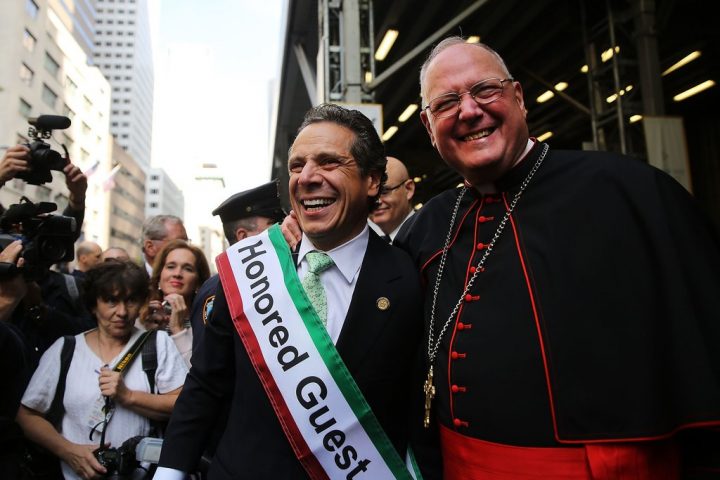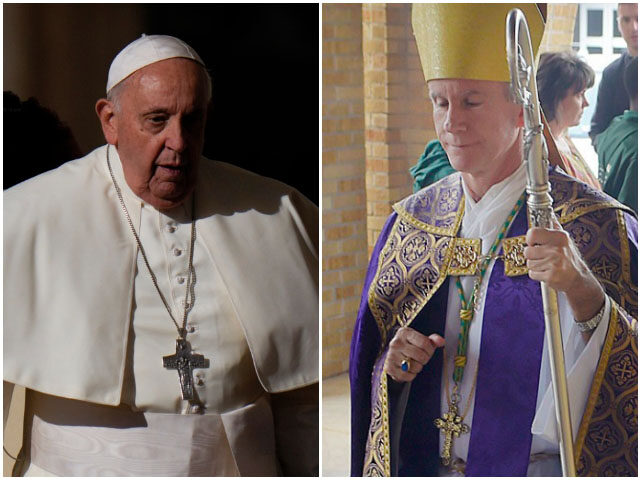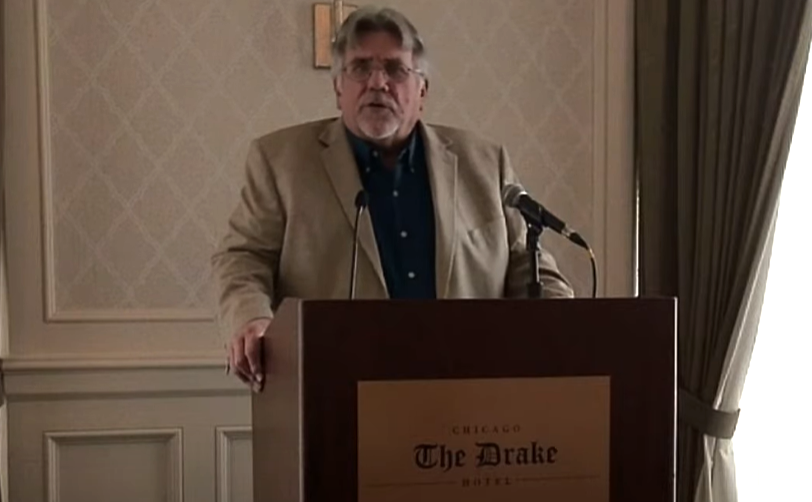OPINION: The Church and the Abortion Capital, by Ross Douthat

Saint of the Day for February 6: St. Paul Miki and Companions (d. 1597)
February 6, 2019
Vote for Life, Says Film Producer: Plan to See Unplanned on March 29, by Tom Gilson
February 6, 2019
Gov. Andrew Cuomo with Cardinal Timothy Dolan at the Columbus Day Parade in 2013.CreditCreditSpencer Platt/Getty Images
How Catholicism’s decline increased partisan polarization on abortion.
By Ross Douthat, New York Times, Opinion Columnist, Feb. 2, 2019
 In a sense it’s not surprising that a renewed debate about abortion would begin in New York State, which passed a law last week — since imitated, to more controversy, by Virginia Democrats — ratifying the right to kill human beings in utero in the third trimester.
In a sense it’s not surprising that a renewed debate about abortion would begin in New York State, which passed a law last week — since imitated, to more controversy, by Virginia Democrats — ratifying the right to kill human beings in utero in the third trimester.
Almost 50 years ago, in 1970, New York passed the nation’s most liberal abortion law, a template for the Roe v. Wade decision two years later. And the state has a justifiable reputation as (to quote a 2005 New York magazine story) “the abortion capital of America” — with a strong pro-choice consensus and high abortion rates.
But there is a forgotten chapter to this story. In 1972, New York’s Assembly and Senate both voted narrowly to repeal the two-year-old abortion law. The only thing preventing repeal was the veto of the Republican governor, Nelson Rockefeller — and, of course, the intervention of the Supreme Court the following January.
This almost-successful repeal was not an isolated case. As Russell Hittinger pointed out in a 2010 essay for First Things, prior to Roe v. Wade the anti-abortion side was regularly winning political victories in places that we think of as liberal bastions today. The division on abortion that runs between red and blue states today ran through both political parties and every U.S. state two generations ago — the “abortion capital” very much included.
This changed because of polarization and political tribalism, because currents in elite opinion reshaped liberal politics and backlash reshaped the G.O.P. But if you delve into this paper’s coverage of those long-gone abortion debates, you’ll be reminded that it also changed because the Catholic Church — in New York, especially — used to be an effective pro-life political force straddling partisan divides, instead of an institution devastated by attrition, internal division and the sex abuse disaster.
In the case of Dolan, Cuomo’s right to be blasé. New York State still has millions of baptized Catholics, but the faithful are divided and adrift and accustomed to tuning out messages from their bishops that don’t fit their partisan preconceptions. (This goes for messages that criticize Donald Trump as well.) Dolan has tried to answer secularization with gregarious good cheer, but a bingo-hall winsomeness would be no match for cold indifference even without the church’s scandals.
And yet it remains the case that deep inside the ransacked, decaying basilica that is American Catholicism, you can find the only vision that might transform the abortion debate, so that we don’t end up with a permanent red-blue divide, in which the Supreme Court allows conservative states to pass restrictions but liberal states are radicalized toward eugenics and infanticide.




